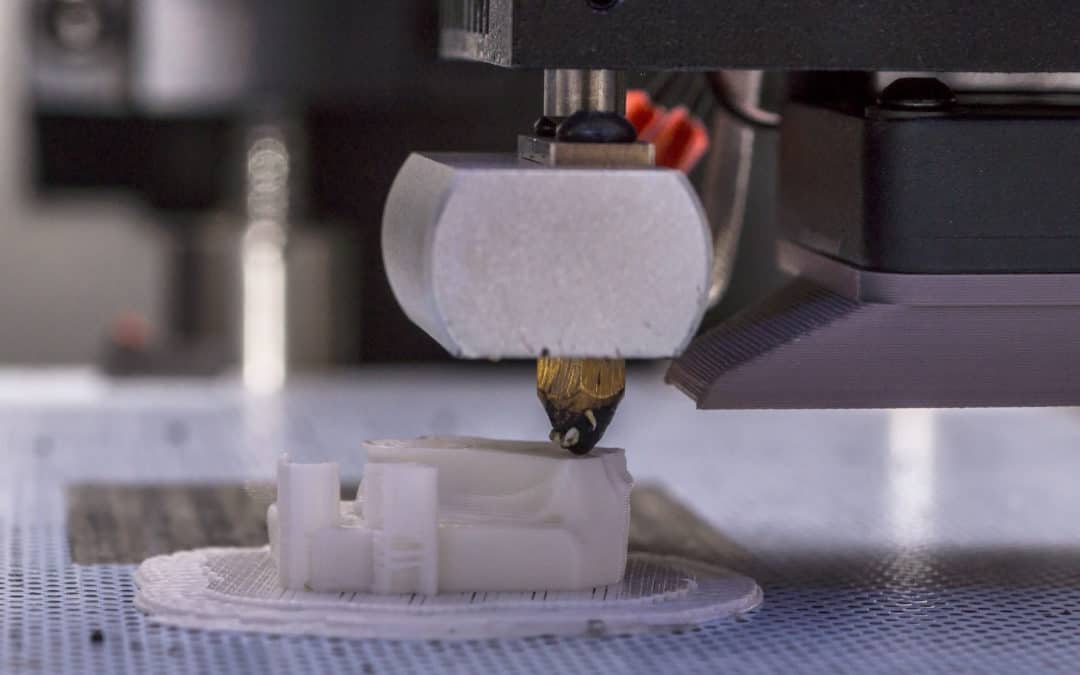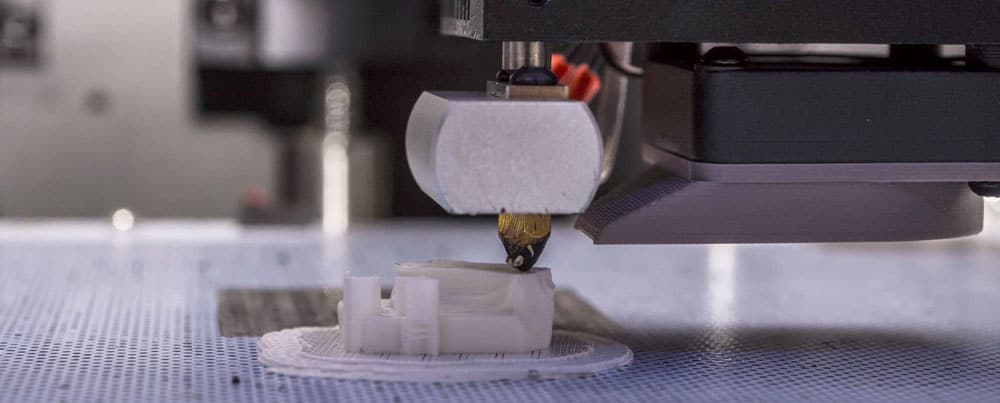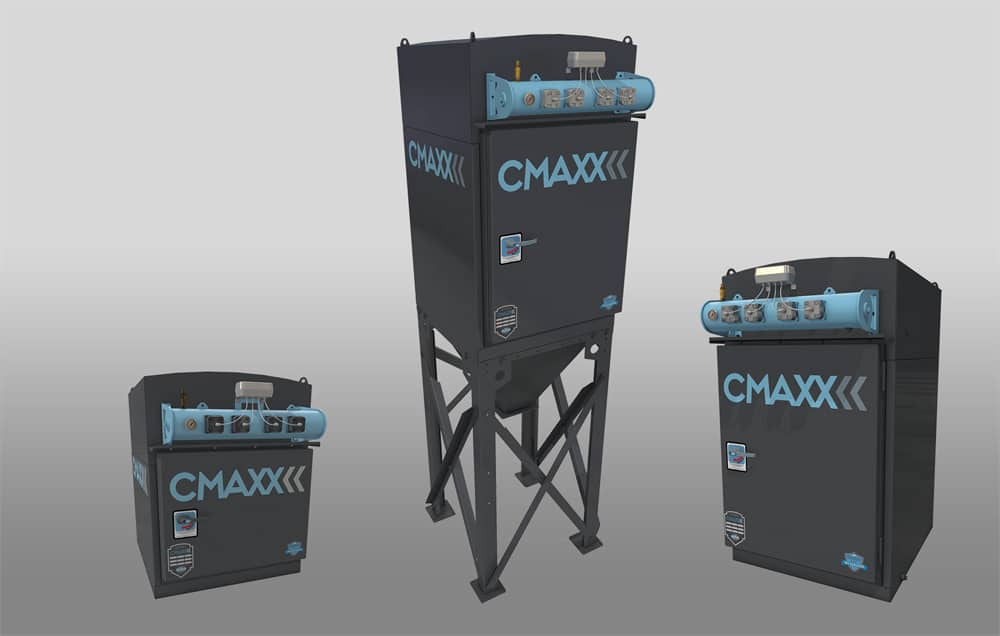![Plasma Cutting & Hexavalent Chromium [Infographic]](https://www.isystemsweb.com/wp-content/uploads/2018/12/white-paper-header-01-1080x675.jpg)
by Erin Long | Dec 19, 2018 | Uncategorized
This infographic looks at the hidden dangers of plasma cutting and laser cutting. One of the biggest dangers associated with these is hexavalent chromium when cutting stainless steel. It can pose many health risks and proper precautions should be taken to avoid the risks associated with it.

Plasma cutting has become common in the industry today. It is ideal for applications requiring precision cuts. What many people do not understand are the dangers that can arise from a plasma table.
How Does It Work?
An electric arc is sent through a restricted opening, heating the gas to an extreme temperature. This energy breaks apart gas molecules and creates plasma. When loose electrons collide they release enough energy to cut through the metal. See more info on basic plasma cutting.
A surface layer of anti-corrosive chromium covers many metals. This chromium keeps stainless steel strong and makes it more resistant to corrosion. It is not dangerous to humans. However, hot work such as plasma cutting changes the nature of chromium. When that much heat is applied to chromium, it oxidizes and converts the chromium to a hexavalent state. Hexavalent chromium, or Cr VI, can be extremely dangerous.
Why Is Hexavalent Chromium Dangerous?
Cr VI enters the body through inhalation or direct skin contact. Because it is water-soluble, it can easily pass through cell membranes. Inside the cells, Cr VI attacks DNA, proteins, and membrane lipids, breaking them down. This disrupts cellular integrity and functions, shutting down the cell.
Once the hexavalent chromium begins to break down cells, it can cause various health problems. This includes respiratory issues, eye irritation, skin effects, and even cancer.
Is PPE Enough Protection from Hexavalent Chromium?
Elimination – The best line of defense when dealing with a workplace hazard is to eliminate the source. While this may work in some cases, hexavalent chromium can only be eliminated if plasma cutting is also done away with. Plasma tables are too crucial to most operations for this to take place.
Engineering Controls – The next best option for dealing with hexavalent chromium is to put engineering controls in place that will get rid of as much of the hazard as possible. These controls can include exhaust fans, fume hoods, and paint booths.
Administrative Controls – Administrative controls deal with any practices put in place to work safer. This may mean training all employees working with Cr VI how to work in a way that is better for their health.
Personal Protective Equipment – PPE is the least preferred method of protection. This puts health and safety into the hands of individual employees. So, any employee that does not like or forgets to wear equipment is put at risk.
Breathe Better, Work Safer
The Imperial Systems CMAXX Laser is the perfect engineering control for this type of application. It is designed specifically to take on tough laser, plasma, and thermal applications. This modular system connects directly to the cutting table, using minimal ductwork. Additionally, it comes completely wired from the factory, making it as easy as plugging it in and pushing Start.
Features:
- Factory pre-wired
- Tool-free filter access
- 3/16” and 10 gauge carbon steel construction
- DeltaMAXX filters
- Includes control panel
- Built-in spark trap
- Custom configuration to fit your location
- Fan silencer
- Optional integrated HEPA filter
- Easy clean-out dust drawers
Read more about this issue and about how the CMAXX Laser can help you in the white paper.
Read more

by Scott Stearns | Jul 18, 2018 | Uncategorized

With the exploding popularity of 3D printing, it’s inevitable that combustible dust hazards would become part of the process. After all, 3D printing uses materials from plastics and nylon to aluminum and titanium. Almost all of them are combustible and can form explosive airborne dust around the work area.
3D printing is also called additive manufacturing, and it works by fusing layers and layers of extremely fine dust to create the final shape. When using metals, plastics, or ceramics, the layers are often fused by a laser that has the precision to carry out computer-guided designs.
The term “additive manufacturing” is most often found in applications like metalworking, where it is used as an opposite of manufacturing that involves removal of material, like cutting or grinding. 3D printing is a much broader term and can apply to a wide variety of processes.
If the combination of combustible dusts and high-powered ignition sources doesn’t sound like an explosion hazard, consider the fact that this is still a new technology, and many dust collection systems on the market aren’t equipped to handle this kind of hazard. OSHA has already cited at least one company for an explosion that occurred when combustible aluminum and titanium metal powers from their 3D printing process ignited, causing serious injuries.
Besides the risks of a combustible dust explosion, the extremely fine powders needed for 3D printing or additive manufacturing are often hazardous to human health. In other blog posts we’ve discussed the health risks of inhaling these particles, which can be as fine as welding fume dust. With the materials being fused by lasers or other high-heat techniques, harmful particulates are being released into the air along with the dust from the manufacturing process.
These harmful particles can include plastic particles, known toxins like hexavalent chromium, or even byproducts of high-tech aircraft alloys like beryllium. Many of them are health hazards and almost all of them are explosive if the conditions are right. Additive manufacturing or 3D printing often creates perfect conditions for a combustible dust explosion.
How do you mitigate the risk of combustible dust in your 3D printing operation? Proper dust collection will remove all excess dusk from the work area, preventing an explosive situation from occurring. With the CMAXX dust and fume collector, the most efficient filtration and best explosion protection are on your side to make sure your 3D printing areas, expensive pieces of equipment, and workers all stay safe.
Imperial Systems is ahead of the game in designing custom solutions for 3D printing and additive manufacturing applications. If you’re looking for a solution for the combustible dust problem that your application creates, contact the company that’s already designing systems to handle exactly these kinds of problems.
With the best design and quality on the market along with unbeatable fire and explosion protection options, the Imperial Systems CMAXX is the solution 3D printers need to keep their process efficient and safe. High efficiency filters allow for the capture and reuse of expensive powders and keep your work area clean of combustible dust. They also keep your air clear of dangerous byproducts and toxic substances your process might use or produce.
Read our white paper on combustible dust.

http://www.ehstoday.com/industrial-hygiene/additive-manufacturing-and-combustible-dust-hazards-3d-printing
https://www.osha.gov/news/newsreleases/region1/05202014
Read more
![Plasma Cutting & Hexavalent Chromium [Infographic]](https://www.isystemsweb.com/wp-content/uploads/2018/12/white-paper-header-01-1080x675.jpg)



